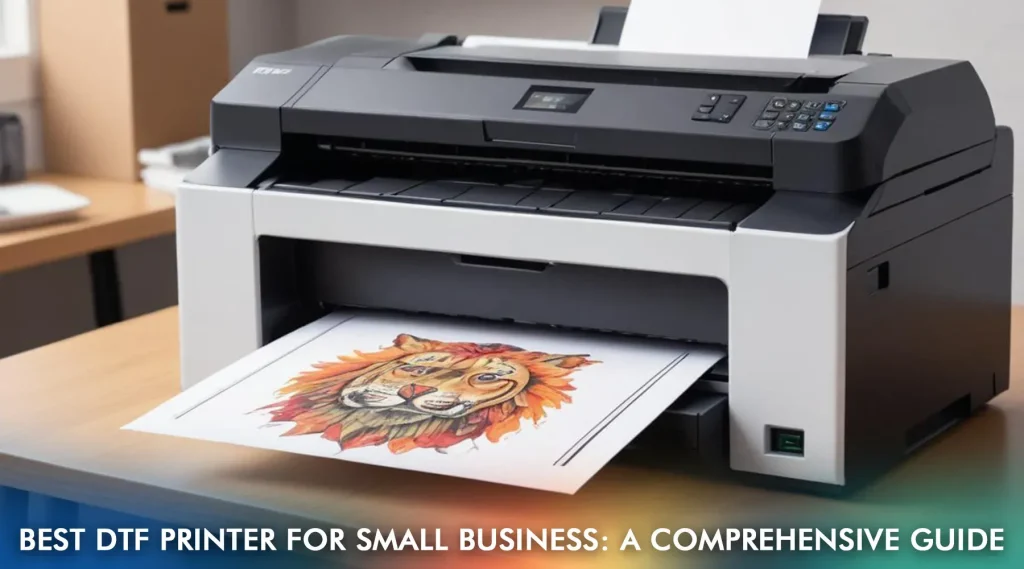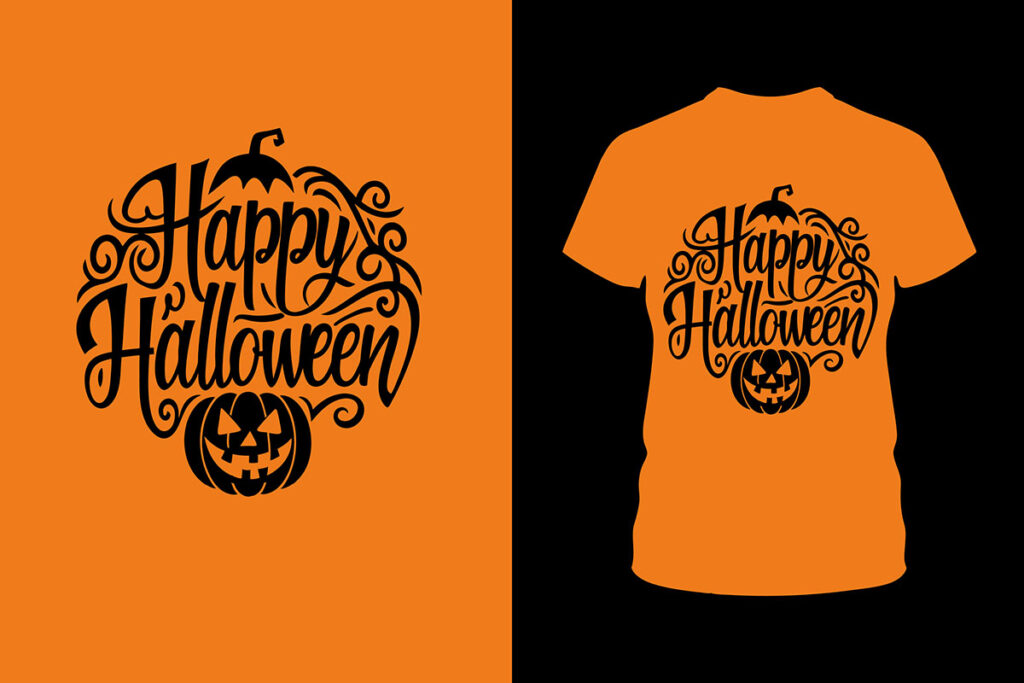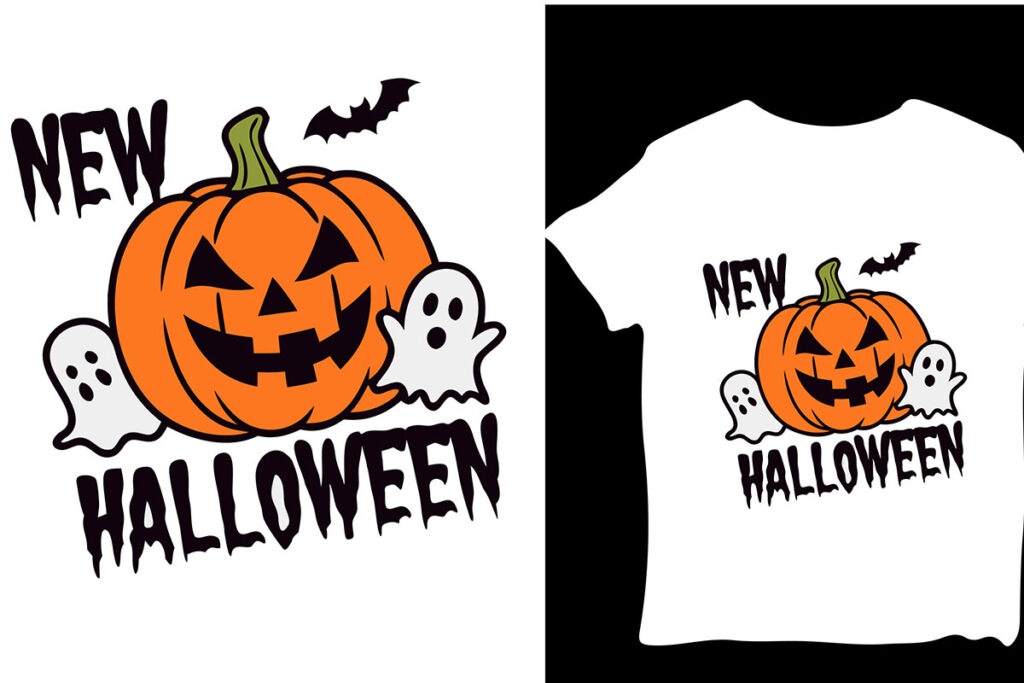DTF transfers for small businesses have emerged as a game-changing option for custom apparel and accessories, giving boutique brands, local print shops, and growing merch lines a flexible path to on-demand creativity while enabling experimental colorways, seasonal drops, and short-run campaigns that previously required larger investments, specialized equipment, and extended lead times. By combining the capabilities of DTF printing with a streamlined heat press workflow, shops can expand color possibilities, reduce setup times, manage stock more efficiently, and scale production without the large minimums of traditional screen printing, making it easier to test new designs, respond to changing customer tastes, and maintain a lean tolerance for waste. Smart budgeting around consumables, equipment, and labor helps maintain competitive production cost optimization while preserving consistency across runs and batches, and this hinges on choosing material suppliers with predictable pricing, investing in reliable curing equipment, and training staff to minimize waste through precise timing and batch planning, all while documenting savings opportunities for future procurement. Quality control in printing becomes a central pillar, with color management, adhesion checks, post-process testing, and traceable QC logs woven into an end-to-end process that minimizes reprints, rejects, and customer complaints while supporting repeat orders and long-term brand reliability, so you can defend margins even as demand fluctuates. If you’re evaluating this transfer technology for small businesses, this guide outlines the trade-offs, benefits, and practical steps to integrate DTF printing, finished garments, and a reliable heat-press workflow into a scalable operation that can respond quickly to market demand while maintaining tight control over color, texture, and durability.
Alternative terms for the same concept include direct-to-film garment transfers and film-based textile prints, which describe the technology from a different lexical angle while retaining the same core capabilities. This approach lets startups and small studios customize apparel such as tees and hoodies through a printable film that is heat-bonded with an adhesive powder, enabling vibrant results and efficient testing of new designs. In an SEO context, discussing the broader workflow—color management, curing methods, and equipment reliability—helps readers connect to production realities without getting bogged down in branding terms. Framing the topic with related phrases like garment transfers and heat press workflow provides practical context for evaluating durability, wash-fastness, and long-term profitability. Additional terms you might encounter include digital textile printing and transfer-on-film processes, reflecting the same capabilities while supporting content relevance across searching users.
DTF transfers for small businesses: cost, efficiency, and QC
DTF transfers for small businesses offer a practical pathway to customize apparel with controlled costs and predictable results. By balancing material spend, equipment investment, and labor, shop owners can pursue scalable production without the high setup costs of traditional screen printing, while still delivering vibrant colors and durable prints. This approach aligns with the broader goals of production cost optimization and reliable quality control in printing.
A well-managed DTF workflow for small teams focuses on cost visibility and throughput. Key cost drivers include consumables (film, powder, inks), maintenance, and the upfront investment in a capable printer, curing equipment, and a dependable heat press. By tracking these inputs and optimizing batch sizes, shops can reduce waste, shorten cycle times, and improve the bottom line while maintaining high standards of garment transfers quality.
DTF printing fundamentals for garment transfers: color, flexibility, and setup
DTF printing involves images printed on a film, followed by powder adhesion, curing, and transfer to fabric with heat. This process enables a broad color gamut and design flexibility that is especially valuable for garment transfers, where small runs and rapid changes are common. For small brands, this translates to more design variety with less risk and lower setup requirements than traditional methods.
Understanding the core steps—design preparation, film handling, powdering, curing, and heat transfer—helps teams optimize both time and results. Emphasizing color management, standardized proofs, and fabric testing ensures that each new design translates well from screen to garment, reducing reprints and supporting consistent quality across runs.
Optimizing production cost with a smart heat press workflow
A smart heat press workflow is central to cost efficiency in DTF transfers. Consistent preheat times, stable transfer temperatures, and precise dwell times create repeatable results and minimize waste. When configured properly, the heat press workflow reduces surprises, extends equipment life, and supports predictable production cost optimization across multiple orders.
Batching similar designs and aligning curing steps with garment types can dramatically improve throughput. By standardizing settings, maintaining logs of temperatures and times, and coordinating with packing and shipping, small shops can speed up changeovers, lower labor costs, and preserve the integrity of each transfer—key factors for sustainable growth in a busy DTF operation.
Quality control in printing: ensuring consistency and durability
Quality control in printing is the backbone of repeatable, durable DTF transfers. A practical QC approach for garment transfers includes pre-production checks on color profiles and fabric compatibility, in-process verifications during heat pressing, and post-press testing to confirm adhesion and colorfastness. Documenting results helps teams catch drift early and maintain reliable print runs.
In-process and post-press checks—such as adhesion tests, color stability swatches, and wash durability assessments—provide actionable data to refine processes. Maintaining a QC log for each run, including batch numbers and fabric types, supports traceability and continuous improvement, ensuring that quality control in printing stays ahead of customer expectations.
Scaling DTF operations: batching, automation, and color management
As demand grows, scaling DTF transfers requires thoughtful expansion of equipment and processes without sacrificing quality. Higher-capacity curing equipment, reliable automation for repetitive steps, and an expanded color management toolkit help maintain consistency across larger batches while supporting production cost optimization.
Strategic batching, standardized color management, and robust workflow documentation enable scalable growth. Planning batches by design family, reducing platen changes, and coordinating with inventory and shipping ensure faster lead times and predictable capacity. Even with automation, maintaining strict QC standards and clear color accuracy proofs keeps garment transfers competitive at scale.
Practical setup for small businesses: starting fast with measured investments
Small businesses can start quickly with a measured investment plan that prioritizes core capabilities: a reliable DTF printer, a focused curing setup, and a durable heat press. Early emphasis on color management, proofing, and standard work helps prevent costly revisions and supports steady production cost optimization as the catalog grows.
Developing standard operating procedures (SOPs), tracking key metrics (yield, waste, cycle time, defect rate), and maintaining ready-to-go materials inventory positions a shop for rapid, repeatable prints. By tying daily tasks to measurable goals, the business builds a strong foundation for scalable DTF transfers, garment transfers, and a sustainable quality-focused operation.
Frequently Asked Questions
What are the main cost drivers of DTF transfers for small businesses, and how can I optimize production costs?
DTF transfers for small businesses incur costs from consumables (film, bonding powder, and inks), plus equipment maintenance and depreciation, and labor time. To optimize production costs in DTF printing, negotiate bulk pricing for consumables, minimize waste with precise layouts, batch similar designs to cut setup time, and perform regular preventive maintenance to reduce downtime. Balancing upfront equipment with per-transfer costs helps keep unit costs competitive as you scale.
How can I optimize the heat press workflow for DTF transfers for small businesses to improve throughput?
Improve the heat press workflow by standardizing parameters (preheat, target temperature, dwell time, and pressure) across jobs and batching orders to reduce platen changes. Maintain a dedicated, organized workstation for quick material access and use clear job routing to minimize handoffs. Track process data (temperatures, times, and bonding outcomes) to fine-tune the workflow for different fabrics and inks.
What role does quality control in printing play in DTF transfers for small businesses and how can I implement a simple QC plan?
Quality control in printing is essential for durable, color-accurate DTF transfers for small businesses. Implement a simple plan with: pre-production color proofs and fabric tests; in-process checks for temperature, time, and adhesion; post-press wash tests and a reusable QC log documenting batch details and any anomalies.
How does DTF printing compare to traditional garment transfers for small business operations in terms of setup and scalability?
DTF printing offers quicker setup and lower minimums than traditional garment transfers, improving scalability for small businesses. With DTF transfers for small businesses you can offer vibrant, multi-color designs without screens and expensive setup, while garment transfers often require longer lead times and higher minimums for larger runs.
What are best practices for color management in DTF transfers for small businesses using garment transfers?
Effective color management is critical in DTF transfers for small businesses. Calibrate monitors, use ICC color profiles, and print proofs to verify color accuracy before production. Early color control reduces reprints and supports consistent quality in printing and garment transfers.
How can production planning and batching in DTF transfers for small businesses reduce lead times and production costs?
Smart production planning and batching reduce changeovers and downtime in DTF transfers for small businesses. Group similar designs, schedule curing and packing to align with shipping, and track metrics like yield, cycle time, and defect rate to drive production cost optimization over time.
| Key Point | Summary |
|---|---|
| Cost considerations and budgeting | Primary cost factors include consumables (film, powder), maintenance, upfront equipment, and labor/time as a major cost driver. |
| Consumables and per-unit costs | Film, powder, inks; waste control; maintenance; heat press wear; cost per transfer depends on usage efficiency and waste. |
| Upfront equipment decisions | Printer, curing station, heat press; start with a balanced core setup and scale as demand grows. |
| Labor and time as a cost driver | End-to-end process mapping; identify bottlenecks; batch similar designs to reduce setup time. |
| Efficiency and workflow optimization | Consistency, reliability, and scalable workflow; design a smart heat press workflow and job routing. |
| Design to print hand-off | Use standardized color profiles, proofs, and alignment to minimize color shifts and reprints. |
| The heat press workflow for DTF transfers | Preheat, transfer temperatures, dwell times; log temperatures and times to fine-tune per fabric/ink set. |
| Batching and production planning | Batch similar designs to minimize platen changes and align with packing/shipping schedules. |
| Quality control in printing | Pre-production checks, in-process verifications, and post-press testing to ensure durability. |
| Practical tips for small businesses | Price-to-value focus, invest in color management, maintain inventory, standardize workflows, and track performance metrics. |
| Balancing cost, efficiency, and QC for sustainable growth | Integrate cost discipline with efficient production and rigorous QC to support scalable growth. |
| Advanced considerations for scaling | Consider higher-capacity curing, automation, expanded color management, while preserving QC at larger batch sizes. |
Summary
DTF transfers for small businesses offer a practical path to scalable customization while balancing cost, efficiency, and quality control. By focusing on cost budgeting, optimizing the heat press workflow, and enforcing robust quality control in printing, you position your shop to scale responsibly while delivering reliable results to customers. Keep your eye on the key levers—consumable costs, equipment reliability, and process discipline—and you’ll create a resilient production system that supports growth, brand value, and customer loyalty through outstanding DTF transfers and garment transfers.



